Climate crisis: Sheffield Council’s ‘alarming and embarrassing’ progress on greening its own transport
and live on Freeview channel 276
Air pollution is contributing to 500 early deaths a year in Sheffield and transport emissions are one of the biggest contributors to climate change which is already having devastating impacts on the planet.
In recent years the council declared a climate emergency, committed to becoming carbon zero by 2030 and pushed businesses, organisations and individuals to upgrade to electric through various schemes such as electric van and taxi trials, an electric car salary sacrifice scheme and the Clean Air Zone (CAZ) which will be implemented later this year. It also announced plans to ban non-electric ice cream vans, which vendors say will put them out of business.
Advertisement
Hide AdAdvertisement
Hide AdAlthough tackling the crisis in Sheffield is a citywide effort, the local authority is behind on its commitments to decarbonise its own transport, analysis by the local democracy reporting service has revealed.
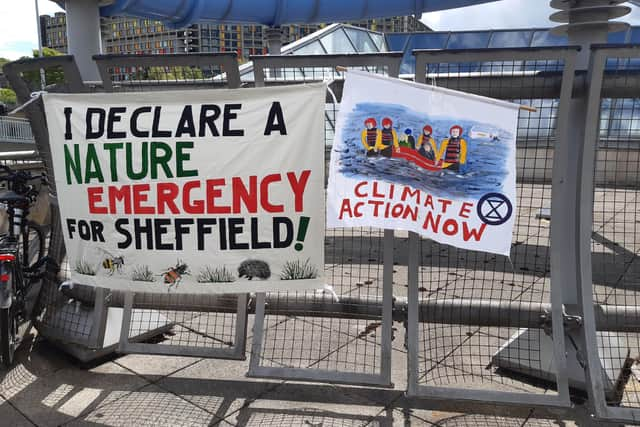

The authority will need to quadruple the rate at which it is decarbonising its fleet in order to meet its 2030 net zero target and it still has 173 vehicles below the emission standard which all taxis, vans, lorries, coaches and buses will need to be to comply with the CAZ later this year.
Jenny Carpenter, of South Yorkshire Climate Alliance’s Transport Group, said: “The slow progress in ‘greening’ its own vehicle fleet is alarming and embarrassing.
“We have been assured that the Clean Air Zone is intended to speed up the adoption of electric vehicles rather than to make money in levies from dirty vans, lorries, buses and taxis, but as things stand the council’s own vehicles will be among the culprits.”
Advertisement
Hide AdAdvertisement
Hide AdCouncillor Douglas Johnson, executive member for climate change, transport and environment, admitted the authority was off track and needed to do better.
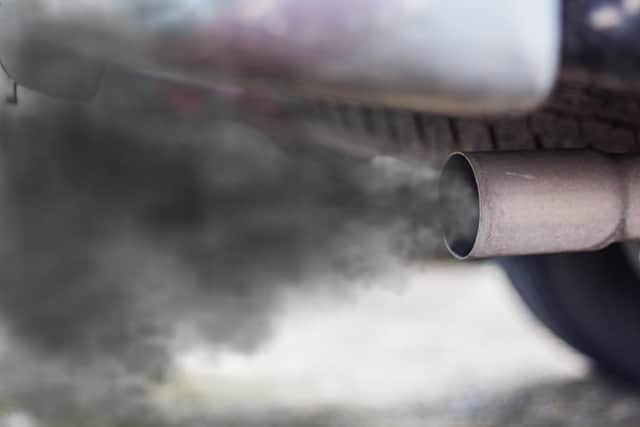

He said: “Like any other large organisation, the council has a large fleet of vehicles of varying ages. We can’t pretend that we can just reduce the number of polluting vehicles overnight. However, the council can always do more to ensure that all new vehicles are cleaner ones and it is disappointing that we still have this large number of diesel engines on the city’s roads. Electric vehicles are now far more common and hydrogen opens up possibilities too.”
Coun Shaffaq Mohammed, leader of Sheffield Liberal Democrats, said he expected more progress especially after Labour formed a coalition with the Green Party following the local elections in May last year.
He said: “As a city council, if we are asking people to have better standards of vehicles then we have to lead by example.
Advertisement
Hide AdAdvertisement
Hide Ad“Having only seven percent of our own vehicles as electric is not a great starting point.
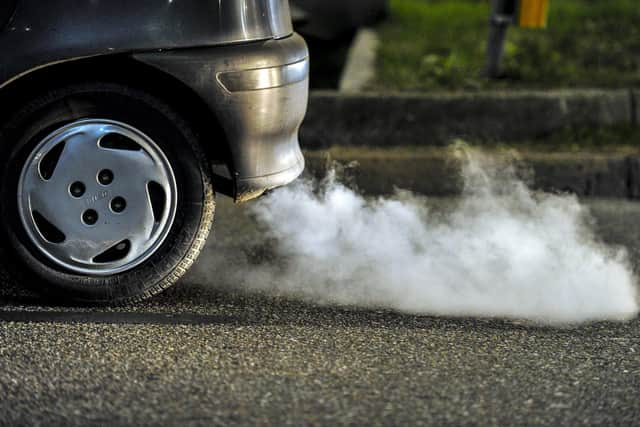

“The council has committed to 2030 as going carbon neutral, transport is a huge factor in that.
“We have been very critical of the council both Labour previously and this new Green and Labour coalition. There has been a lot of talk about declaring a climate emergency but very little has actually happened on the ground and here is living proof of it discovered by [the local democracy reporting service].
“Warm words at the Town Hall don’t actually translate into action on the ground, the facts speak for themselves. Seven percent of the council fleet is electric, we have committed to going carbon neutral by 2030 – what is the route there? There are 93 percent of vehicles that need to be dealt with.”
How far behind is Sheffield Council?
Advertisement
Hide AdAdvertisement
Hide Ad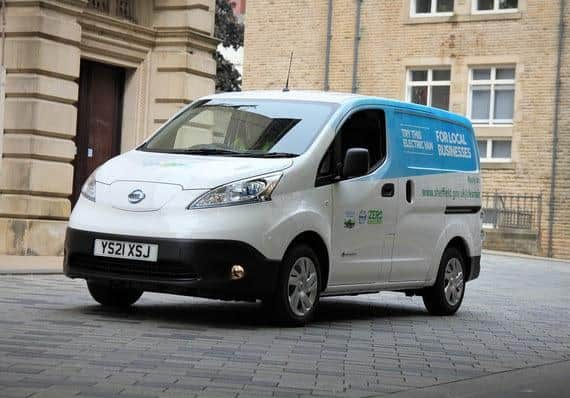

The council announced a plan in 2019 to replace its vehicle fleet with electric or ultra low emission within six years, aiming for clean air compliance and prioritising electric.
It should now be half way through this programme but it has only increased the number of electric vehicles in its fleet – which includes cars, vans and ride on mowers – from two at the end of 2019 (0.18 percent of its fleet) to 73 as of March 2022 (seven percent of its fleet) – a rate of around 30 vehicles per year.
Electric vehicles are not expected to match diesel and petrol prices until 2025, the year the programme was due to be completed, meaning if it continues at its current rate, only about 15 percent of the council’s fleet will be electric when the programme was meant to end.
Even City Taxis has committed to having an entirely electric fleet by 2025, taking 2,000 polluting vehicles off the roads.
Advertisement
Hide AdAdvertisement
Hide AdIn order to hit its 2030 zero carbon target, the council will need to upgrade 973 vehicles in its fleet to electric within the next eight years – a rate of around 121 vehicles per year. This is quadruple the amount it is currently swapping out.
Although it is off track now, coun Johnson said the council plans to ramp up its efforts to meet net zero.
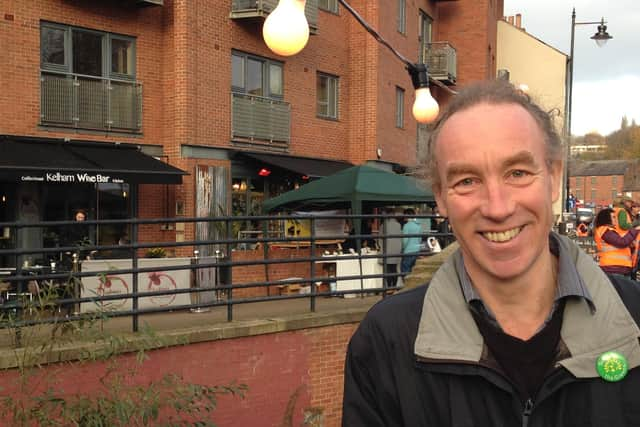

He said: “We have a diverse fleet where some replacements cannot currently be met by the ULEV (ultra-low emissions vehicle) market. Where appropriate we are upgrading our fleet to zero emission. As the market develops and matures our rate of vehicle conversations will increase in line with the 2030 target.”
Chris Broome, of South Yorkshire Climate Alliance’s Transport Group, said the council’s slow progress is not just in transport: “It is three years since the city council declared a climate emergency and resolved to achieve net carbon zero by 2030. Unfortunately, it has made little tangible progress towards this. While the commitment brought a much needed sense of urgency to addressing the climate emergency, the council has so far proved unable to match this with adequate action in any sector.”
Sheffield Council needs to lead by example
Advertisement
Hide AdAdvertisement
Hide AdArup published a pragmatic route-map for Sheffield to become carbon zero by 2030 last year which said the council needs to lead from the front including decarobinising its entire fleet, reiterating throughout that action needs to be taken quickly with no delay.
“By progressing with its own assets, the council can show leadership, address barriers and provide examples”, it said.
It added: “By taking action early, the council can indicate to the rest of Sheffield that change is possible.”
Arup said although shifting away from motor vehicles altogether towards active travel and public transport would bring added benefits that only swapping to cleaner vehicles cannot, cars, vans and trucks will continue to play a part in any transport system for many decades to come.
Advertisement
Hide AdAdvertisement
Hide AdEvidence in the report shows that some of the biggest decarbonisation gains are to be made by swapping petrol and diesel to electric vehicles.
On the importance of its recommendations, Arup said: “They are essential to move the ethos of the city, to change behaviours and to ingrain climate action into everything everyone does.
“These actions unlock the potential of the city – without them, all seemingly more direct action will be manifestly harder to implement and will ultimately be less successful, making achieving the target all but impossible.”
Will Sheffield Council have to charge its own vehicles in the Clean Air Zone?
Advertisement
Hide AdAdvertisement
Hide AdTaxis, vans, buses, coaches and lorries that do not meet either Euro 6 diesel or Euro 4 petrol emission standards will be charged in the CAZ.
A council officer confirmed the authority currently has a total of 173 vehicles that are below this standard. Of those, 104 are Euro 4 diesel and 69 are Euro 5 diesel.
The council did not respond to a request for a breakdown of what type of vehicles those were, such as vans that will be charged in the zone or cars that will be exempt.
Although it aims to at least make its fleet compliant in time, coun Johnson said it was unlikely to replace all of these before the CAZ comes in.
Advertisement
Hide AdAdvertisement
Hide AdCoun Johnson added: “Some of these vehicles will be subject to the Clean Air charge, which the council will have to pay too. The zone is expected to come into force later in 2022 but it depends on the speed of government approval.”